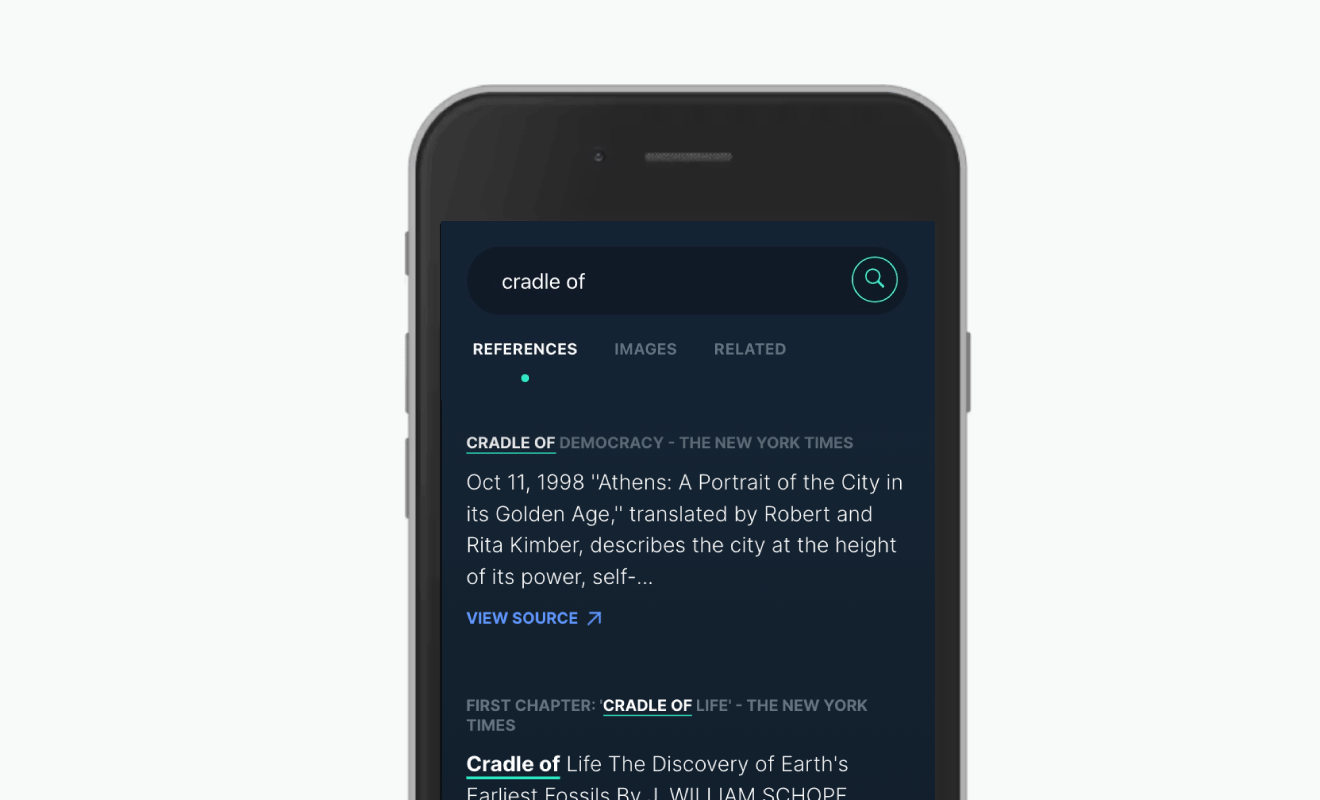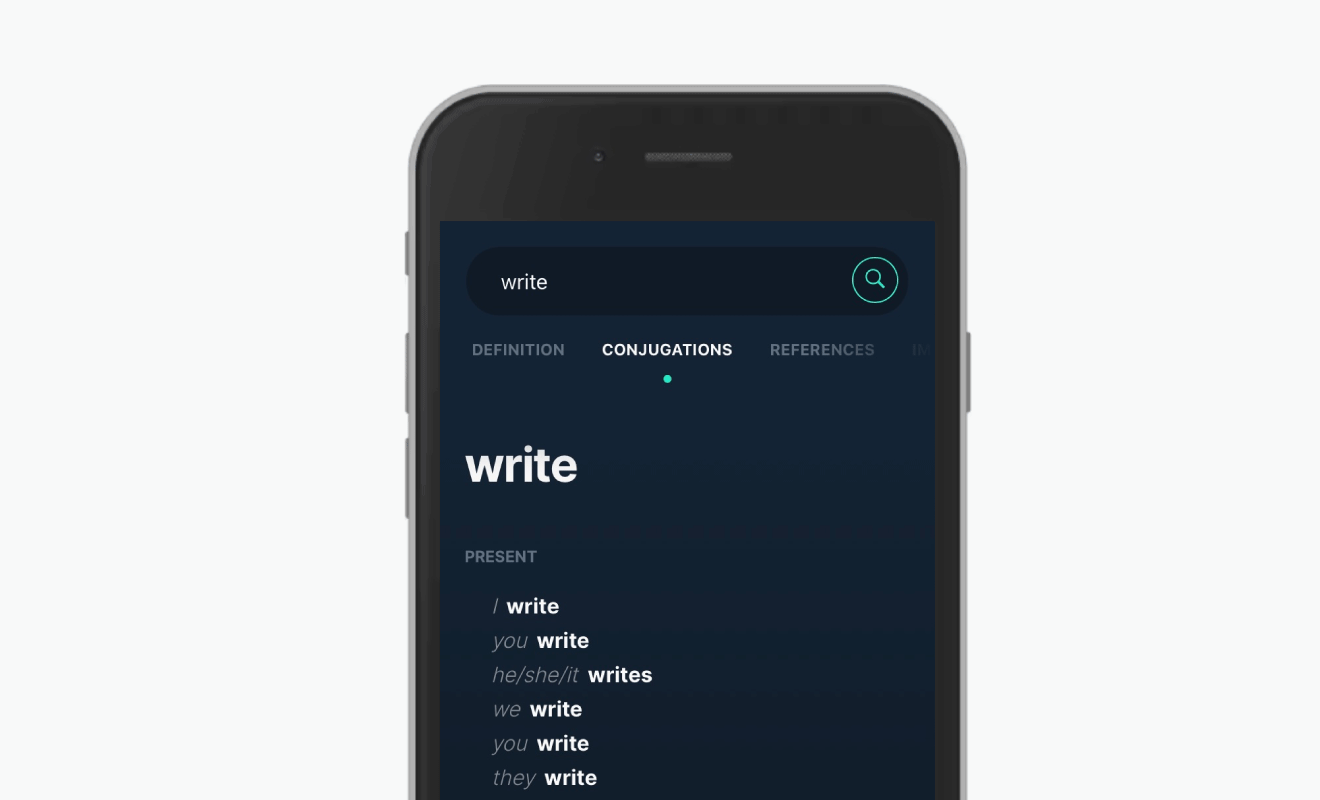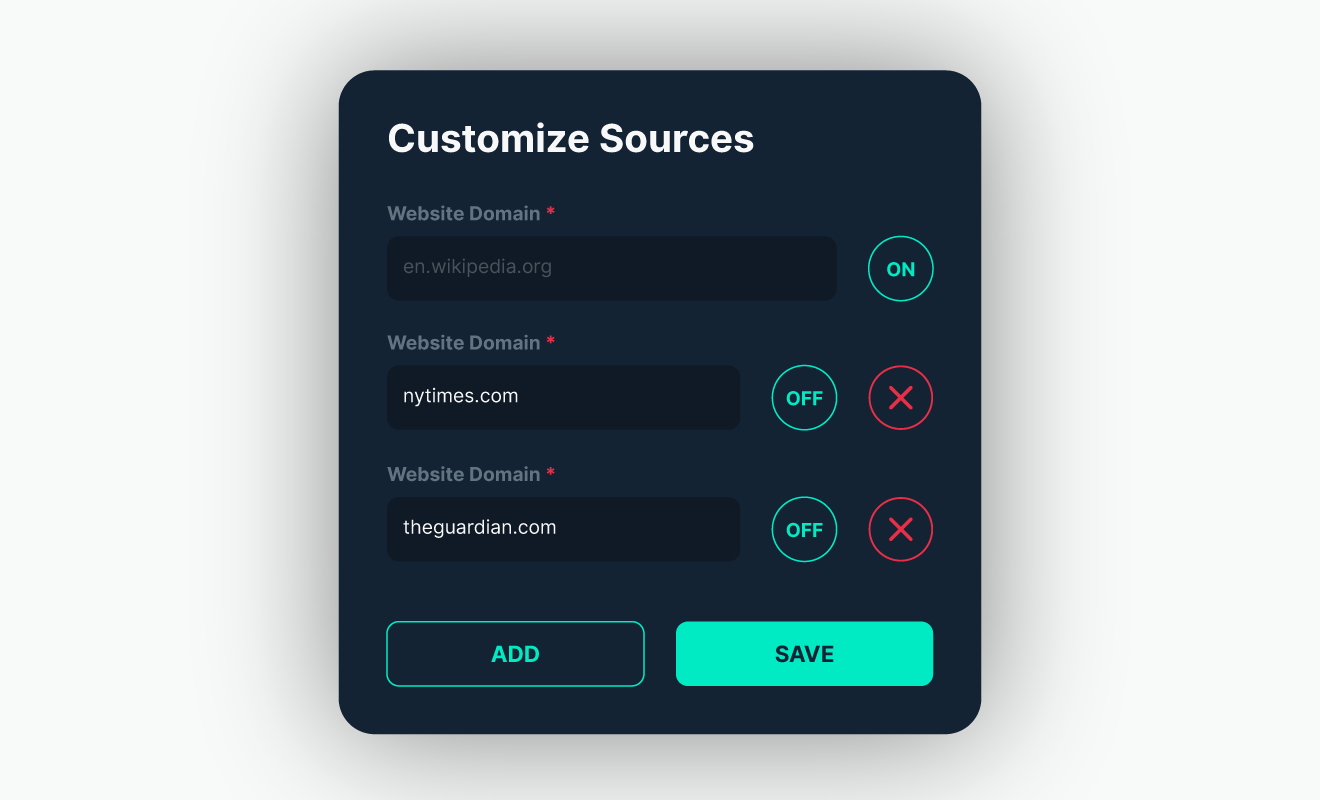What is an English Augmented Dictionary
Dictionaries are an essential tool for those who write often. For those writing in a language other than their native one, they are way more important. In this last case, a traditional English dictionary has several limitations.
The top limitation of traditional dictionaries is to offer definitions for single-word terms only. They accept no more than one word as a search term. Another restriction relates to verbs. They present only their meanings, letting their conjugations out of your sight.
An English Augmented Dictionary unlocks all limitations in traditional dictionaries and goes further.
It supports a full/partial phrase as a search term.
In a traditional dictionary, you can't check if a set of two or more words express the intention you have in mind. If you are not an English native speaker, that issue is far more frequent. A common situation is to make sure about the correct prepositions. Spelling and grammar checkers will tell you whether they are incorrect, but it is not enough. In the following examples, both prepositions are correct: a) I am in the hospital, b) I am at the hospital. Yet, they have very different meanings. Exploring the context of references found by an English Augmented Dictionary in popular publications is all you need to clear up doubts like this.
 You can also make sure if a metaphor used in your mother language keeps working in English.
You can also make sure if a metaphor used in your mother language keeps working in English.
It conjugates regular/irregular verbs.
Irregular verbs are always a trap for non-native English speakers. More than revealing their meanings, an English Augmented Dictionary presents to you all the forms you can conjugate a verb.
 No more mistakes when conjugating irregular verbs.
No more mistakes when conjugating irregular verbs.
Typenik is an English Augmented Dictionary designed for non-native English speakers. With it, you can search for terms containing one or more words. When you enter a phrase or part of it, Typenik looks for references in popular publications like The New York Times, The Guardian, or any other one set by you.
 Look for references in popular publications.
Look for references in popular publications.
Finally, you can put your writing in good shape by picking great synonymous/antonymous to remove dullness from your copy.
I enjoy writing b/c swapping one word can change the feel of an idea. “Buried under email” —> “Buried beneath email”. The B B alliteration upgrades the rhythm. Writing is music. Plus, “beneath” adds to the suppressive power of buried. “Under” just can’t muster the same feel.
Jason Fried, CEO at Basecamp and best-selling author
And if some term isn't defined well by words, you can get it explained with images.
 A picture is worth a thousand words.
A picture is worth a thousand words.
Learn more about Typenik on its website or start using it for free right now.